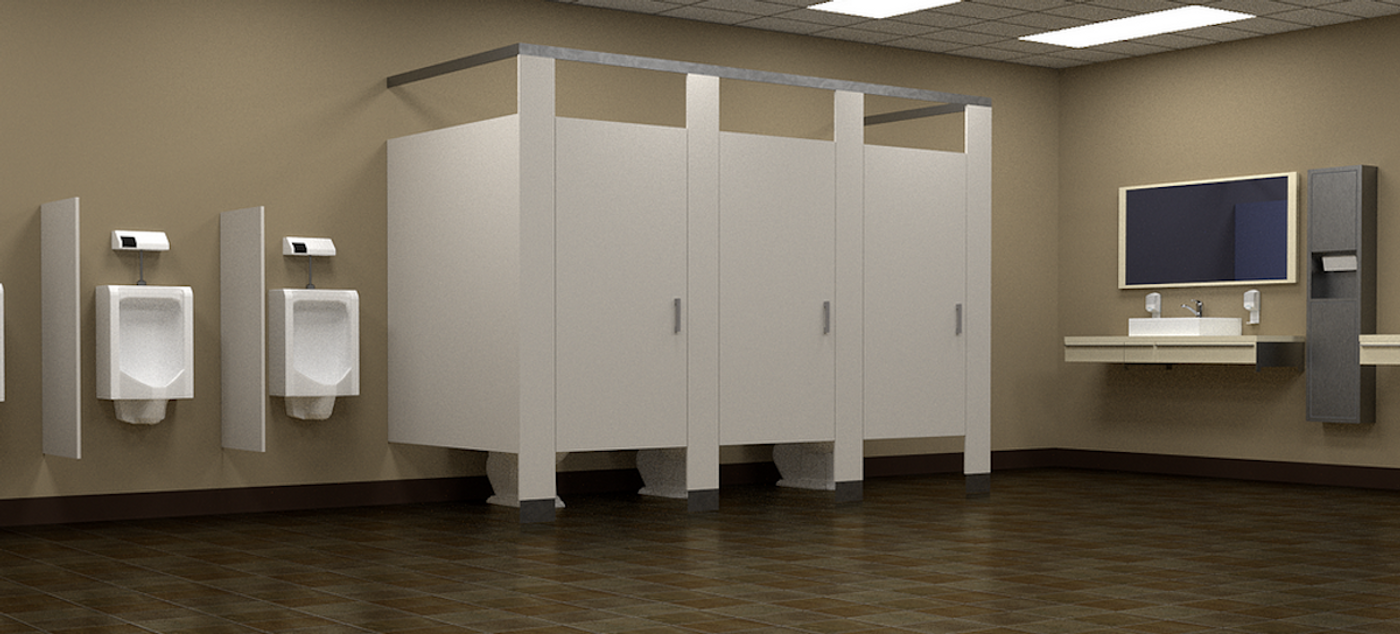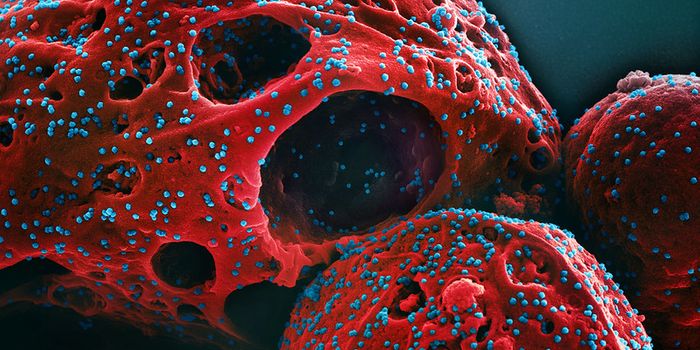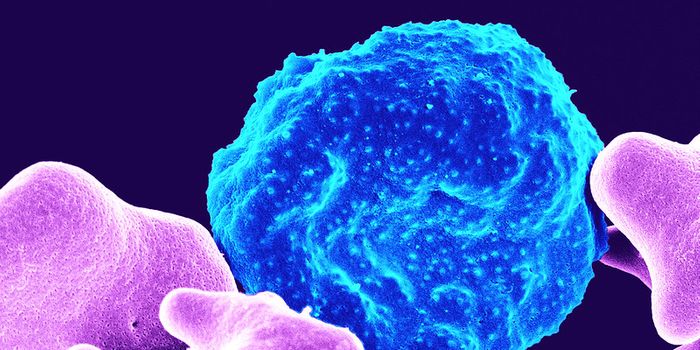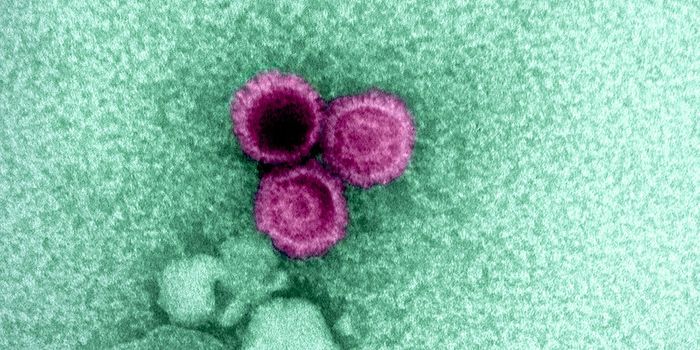Closed Toilet Lids Can Prevent a Germ Volcano When Flushing
Some people might be looking to ditch the facemasks, while others have kept them on. New research has suggested that if you're going to be in a public bathroom, you may want to have a mask handy. When commercial toilets are flushed, they apparently unleash a volcanic cloud of droplets and aerosols that can get as much as five feet above the toilet seat. Researchers used green lasers to illuminate the disgusting plume, and reported the work in Scientific Reports.
This study focused on fluid mechanics, and did not use dirty toilet water or examine how infectious anything in the cloud might be. But the research has shown that there is the potential to spew microscopic bits of whatever is in a commercial toilet around a room if the lid isn't closed when it flushes. While previous studies have shown that fecal bacteria can be found all around public toilets, this research may have revealed how a lot of those germs are getting there.
In this study, the investigators wanted to specifically examine public toilets, because they are typically equipped with flushometer-style valves that use force rather than gravity to flush. While the forces at work here are not like those in coughs or sneezes, which can eject droplets at 50 or 100 miles per hour, respectively, they are still strong.
The researchers installed a toilet in their lab, placing it on top of a metal frame, then calibrating it to have the same pressure as a commercial toilet,. It was aligned with lasers and scientific cameras that measured the force of the plume that was created during a flush. The "surprisingly energetic and chaotic" cloud reached almost 4.5 mph (about 2 meters per second) in speed. Those droplets hovered in the air, too; some were still five feet above the rim of the toilet eight seconds after the flush. Some droplets stayed in the air for almost a minute.
"We all were astonished... It's like a volcano erupting," said lead study author John Crimaldi, a professor of at the University of Colorado Boulder. "I certainly am much more inclined after seeing these videos to wear a mask in a public restroom than I might have been before."
The study authors suspect that human waste and toilet paper only generates more energy.
"I have an intuitive sense that the presence of solids might exacerbate the problem because there's just additional things for the water to impinge on and to create more opportunities for this energetic mixing of fluids," said Crimaldi.
This work could be a starting point to examine how bacteria and other materials might be moving through those aerosol clouds, said study co-author and environmental engineer Karl Linden. There may also be easy fixes to the problem that involve redesigns. The study also adds more evidence to a pile that shows that humans need to find better ways to deal with our waste.
Sources: Medical Xpress via Los Angeles Times, Scientific Reports









